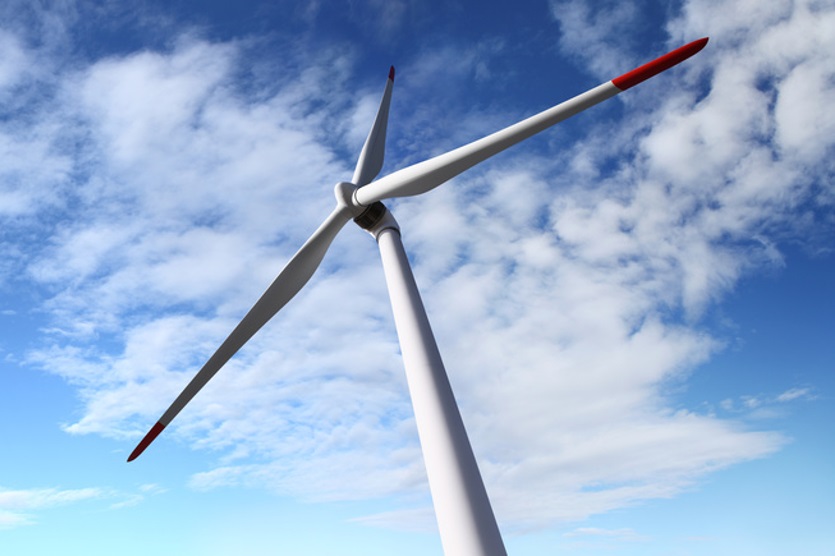
Experts estimate that floating offshore wind turbines could reduce the installation costs by 60 percent, which would dramatically expand the horizon for offshore wind power.
© Fotolia.com/visivasnc
Despite the vastness of the world’s oceans, the potential for offshore wind energy has so far been limited by the fact that the huge turbines have to be anchored on the seabed at depths of up to 50 metres – in other words, close to the coastline. A number of companies have therefore been exploring new concepts for floating wind turbines in recent years.
The southern German energy utility company EnBW is developing one of those pioneering new solutions. EnBW has teamed up with German engineering experts Aerodyn Energiesysteme GmbH to produce an innovative new floating design in a project called Nezzy². Quite simply, the Nezzy² is two rotors floating on a precast concrete platform. The 1:10 scale prototype, which is currently floating in a flooded quarry near Bremerhaven, is 18 metres high – the final version would be 180 metres high. And this summer it will be put to the test in the blowy Baltic sea.
Depending on the results of that test, a full-scale model will be built and tested in China with another partner. "The potential is huge,” says Hannah König, head of Wind and Maritime Technology at EnBW, in a press release. “With the new technology, countries and sea areas with great water depths come into question and thus expand the possibilities of regenerative energy production.” EnBW, which is based in Karlsruhe, already operates four large wind farms in the North and Baltic Seas and has ambitions to expand internationally.
Experts estimate that floating offshore wind turbines could reduce the installation costs by 60 percent, which would dramatically expand the horizon for offshore wind power and provide a boost to Germany’s Energy Transition.


